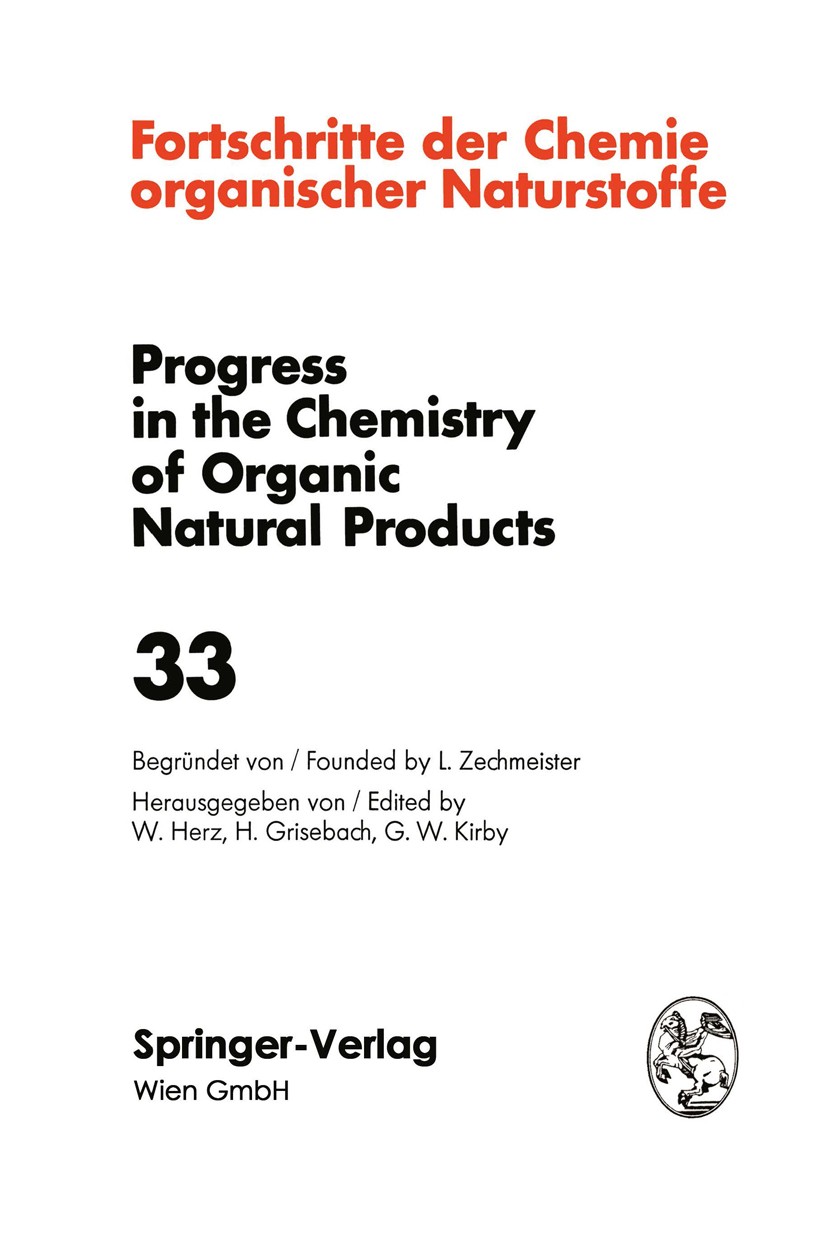| 书目名称 | Fortschritte der Chemie Organischer Naturstoffe / Progress in the Chemistry of Organic Natural Produ |
| 编辑 | G. Cimino,R. M. Coates,C. Toniolo,W. Herz,H. Grise |
| 视频video | http://file.papertrans.cn/347/346439/346439.mp4 |
| 丛书名称 | Fortschritte der Chemie organischer Naturstoffe‘ Progress in the Chemistry of Organic Natural Produc |
| 图书封面 |  |
| 出版日期 | Book 1976 |
| 关键词 | Coenzym; Naturstoffe; Rearrangement; chemistry; natural product; natural products; protein; research |
| 版次 | 1 |
| doi | https://doi.org/10.1007/978-3-7091-3262-3 |
| isbn_softcover | 978-3-7091-3264-7 |
| isbn_ebook | 978-3-7091-3262-3Series ISSN 0071-7886 |
| issn_series | 0071-7886 |
| copyright | Springer-Verlag Wien 1976 |
 |Archiver|手机版|小黑屋|
派博传思国际
( 京公网安备110108008328)
GMT+8, 2025-11-11 14:31
|Archiver|手机版|小黑屋|
派博传思国际
( 京公网安备110108008328)
GMT+8, 2025-11-11 14:31


